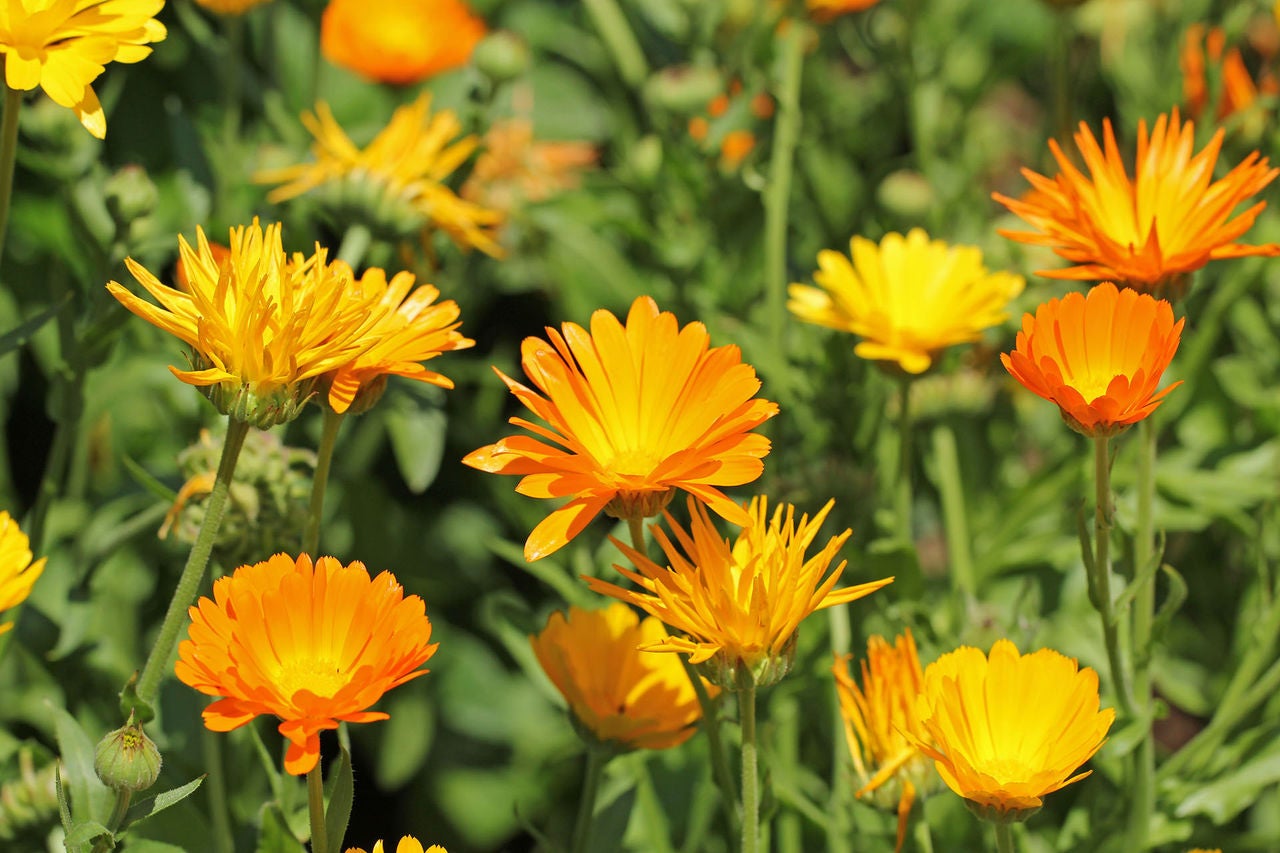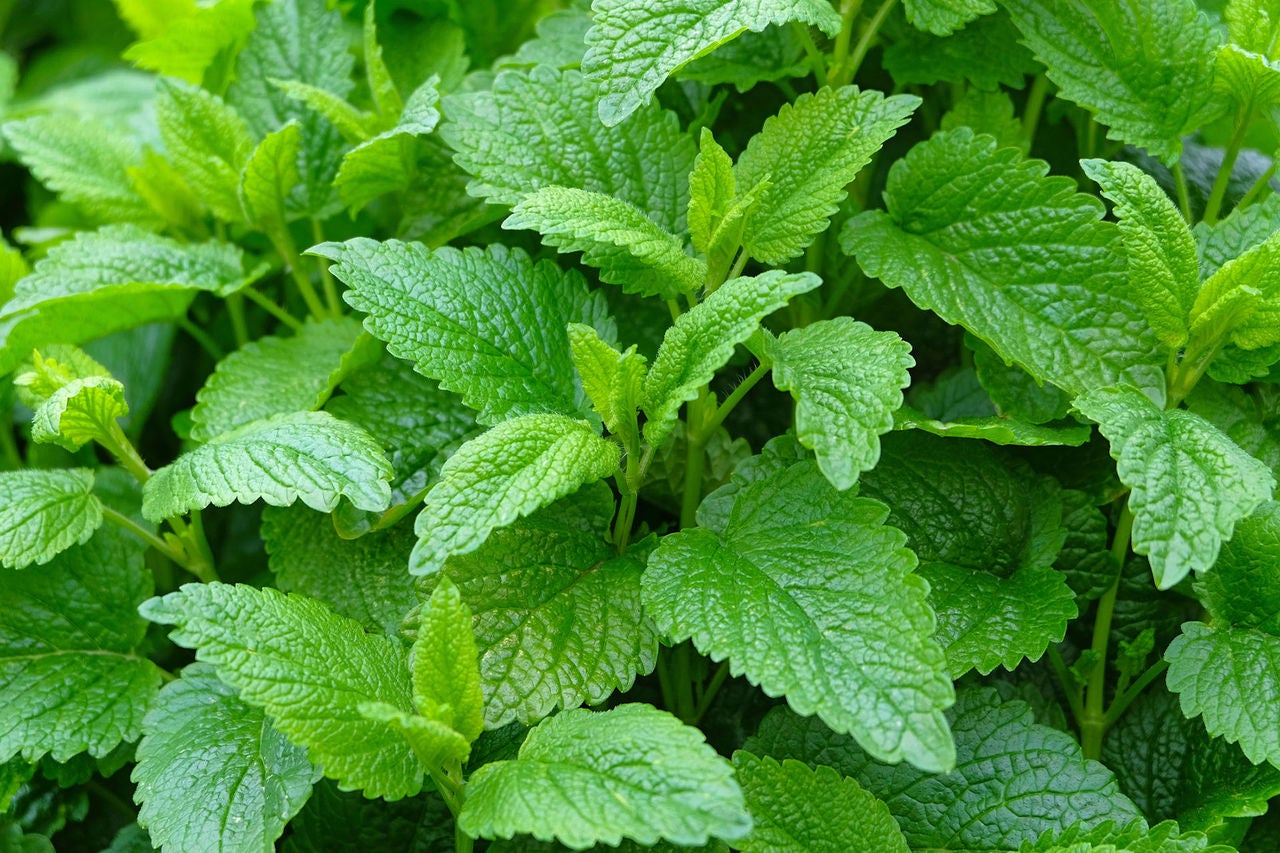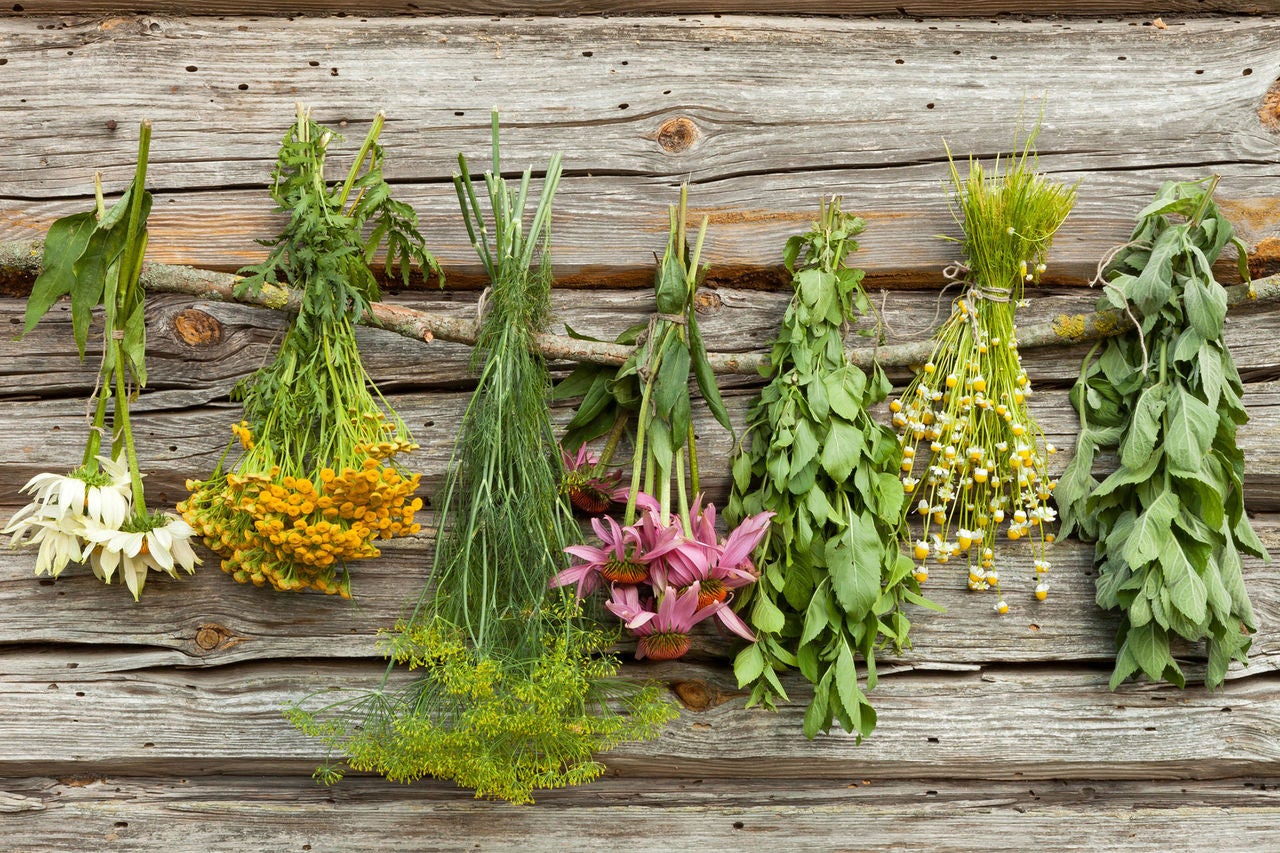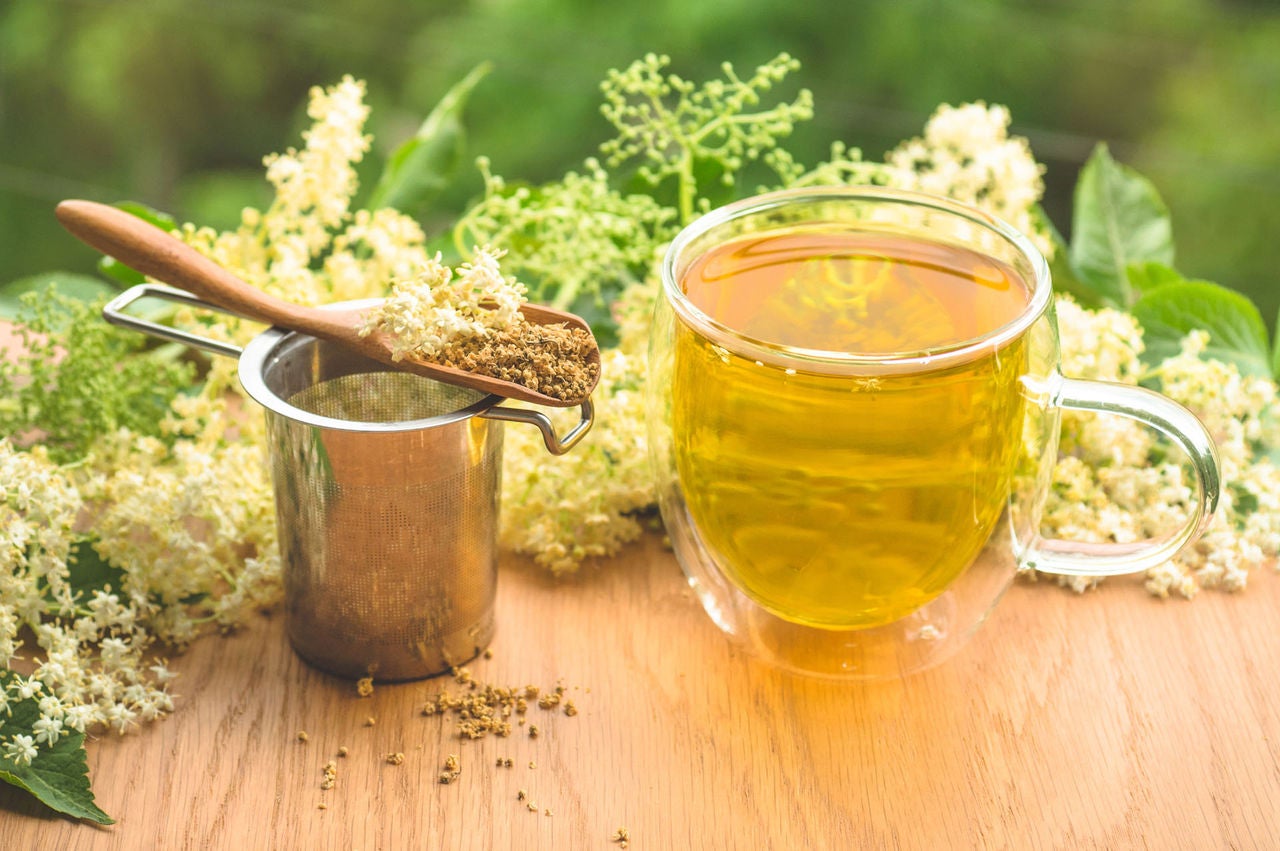How to make your own herbal tea
In many wildlife-friendly gardens, herbs are used to ward off certain pesky visitors. Chives and garlic, basil and peppermint all have scents that can be unfavourable to rabbits, gophers and even ants. And leaving a portion of your plants to flower supports our pollinators. Birds can then enjoy the seeds, as can we, having seeds to harvest and save for next year. Herbs have also been a much loved and important part of our medicinal and culinary history. But while their use in food like roasts, soups and salads has never really waned, the knowledge of how they benefit our health has. A resurgence of interest in supporting the body more naturally, however, has led to an increase in using herbs and other natural ingredients in making things like skin care products and teas. If you are keen to try making your own herbal tea, read on!

Choosing the herbs to use – safety and matching plants to your garden and lifestyle
It’s important to choose herbs that you will enjoy the taste of and that are widely known to be safe. Two common ones are peppermint, good for the digestive and immune systems, and chamomile, a calming tea that helps with digestion. Calendula, or pot marigold, has a mild taste and is good for inflammation and our native rose shrubs have fruit called rosehips that are good for some wildlife including birds. They also make a gentle tea rich in vitamin C for us!
More of an acquired taste for drinking, thyme may be a helpful tea, supporting the body with colds and respiratory conditions. To improve the taste, mix it with other herbs to hide the taste or add some dried powdered stevia, an herb that is very sweet but is gentle on the body and considered a safe alternative for diabetics. The pure form is green just like any other leafy plant that you dry, but you can also use the processed white stevia powder or liquid drops, if preferred, although they tend to be stronger in flavour and not everyone’s cup of tea (pardon the pun). Speaking of teas that may need help with flavour, if you grow nettles you might like nettle tea which is full of nutrients like amino acids, vitamins and minerals. Whichever you are interested in making, however, always take some time to do your research, especially if you have a health condition or are pregnant. Some, like elderberries should only be used from certain species as the red elderberry is toxic. Even with the edible elderberries, only use them for tea when whole – do not crush the stone within as that can release compounds that can make one ill.
Also keep in mind that some herbs are generally best only taken for short periods of time, like licorice root that is good for our adrenals or horsetail that is high in silica.
Next you’ll need to choose plants that will suit the light, soil and moisture conditions of your garden. Lemon Balm, Thyme and mints are usually quite versatile.
Nettles need a spot where they can be out of the way, to avoid the chances of you and your family or guests brushing against them and getting a reaction. But in growing them, you are providing the larval food plant that feeds the caterpillars of species like Red Admiral, West Coast Lady, Milbert’s Tortoiseshell, Commas and Question Mark butterflies.
Growing the herbs
Many herbs are easy to grow at home, in a pot or in the ground. If you put them in the ground, however, keep in mind that some like to spread, such as Lemon Balm and mints. Let some of the plant flower for our pollinators and then you’ll get seeds to harvest so you can grow the plant again the following year, if you wish!
Ensure you grow your plants organically, using natural fertilizers like compost and aged manure if needed. Some herbs, however, do not need rich soil, so do your homework on the particular plants you want to grow.


Harvesting and drying the plants
Cut plant parts when they are clean and dry. If you want to go the extra mile, aim for after a rainfall, once the morning dew has evaporated.
Snip stems with leaves or, if the leaves are large, snip the leaves only for drying. Petals can sometimes be easiest if you snip the flower head and remove the petals once fully dried. Make sure you don’t have any insect stowaways, allowing them time in the shade to crawl or fly away, before you bring the herbs inside.
If the leaves are on stems, which will help keep them spaced apart somewhat, put small bundles in brown paper bags and then hang to dry in an airy spot. Alternatively, you can lay them, and anything that would clump in a bag such as flowers and leaves, on a clean dry towel or sheet.
Making the tea
The basic recipe – People typically say to use a teaspoon of dried herb to about 1 cup of water. That is a good standard but feel free to add more water if it’s too strong. Let it steep for at least five minutes to allow the properties to move from the plant to the water. You will notice the water take on a colour relative to the plant. Elderberries (only the blue kind – never the red) and rosehips make the water a purple-pink while chamomile makes a yellow and leaves like dandelion and mint bring on a green hue.

Sign Up for Timely Articles and Tips
Our e-newsletter Grow Wild features Canadian animals and plants as well as some edible plants and how to grow them in harmony with nature. It also provides tips, project ideas or family crafts suited to that season as well as sharing photos of wildlife-friendly gardens across the country. Sign up to join over 20,000 readers in this gardening community.
- 0
- 1